In Part 1 we covered the steps of seed raising and propagation, and now it’s time to look at different ways of preparing your soil for veggies (whether you’re starting a veggie patch in the backyard or growing in containers or raised beds) and how to transplant and care for seedlings.
Starting a Veggie Patch
If you’re lucky enough to have a backyard you can use to grow veggies, the first thing you’ll have to do is prepare the soil. There are many different ways to do this, but we’ll just be covering the two main techniques which can be used depending on what resources you have available.
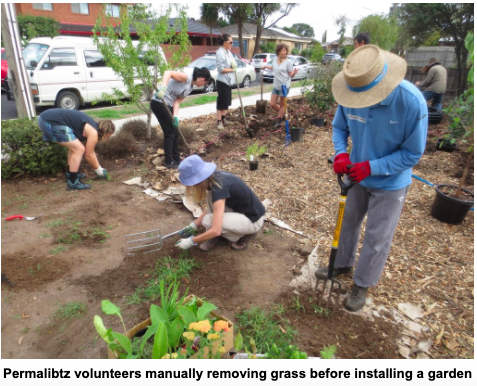
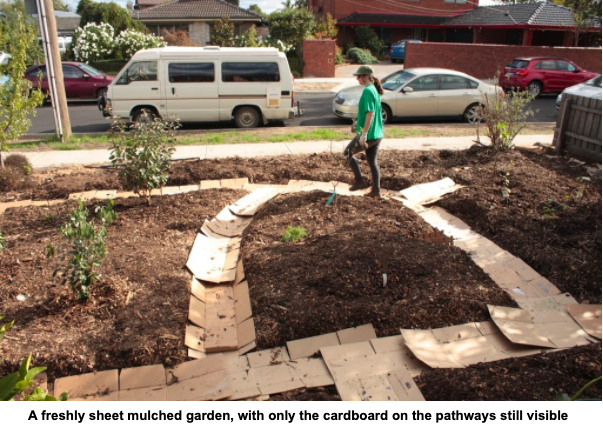
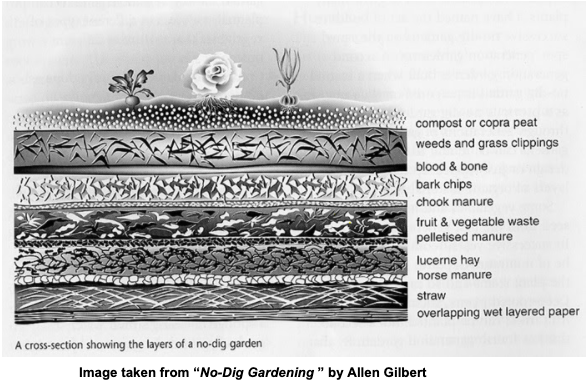
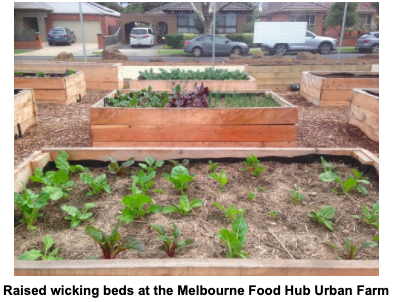
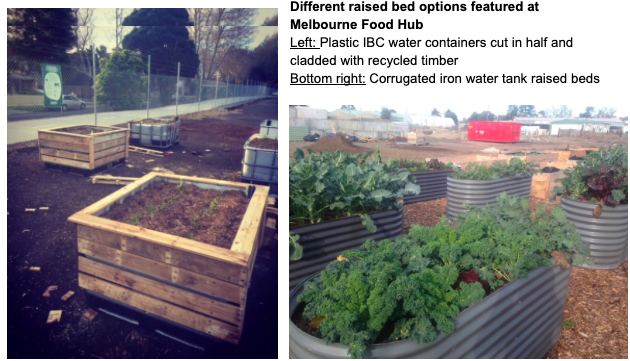
Tip: Always check the seed packet of the crops you’re growing to know how far apart to plant your veggies.
Keep your seedlings well watered while young, and feed them with season, worm juice or organic fertiliser every 2-3 weeks. As the plants grow and get more established, you can let them dry out a little bit between waterings. Deep, irregular waterings are better than regular shallow waterings because this encourages plant roots to grow deeper in search of water, making them more resilient in times of drought.
Check your seedlings regularly to make sure they’re not being eaten by pests. Slugs, snails and cabbage moth caterpillars are the biggest culprits at this time of the year, but if you monitor the garden daily you should be able to keep on top of them by manually removing, squishing or feeding to chooks!
In the next article (Part 3) we’ll discuss succession planting, a technique to ensure a consistent harvest throughout the year plus we’ll go into more detail about organic pest management strategies including companion planting, crop rotation, physical barriers and (if all else fails), homemade or organic pest control sprays.
Until then, happy gardening!

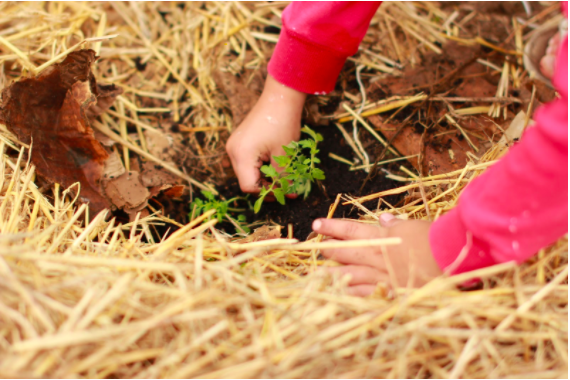
Recent Comments